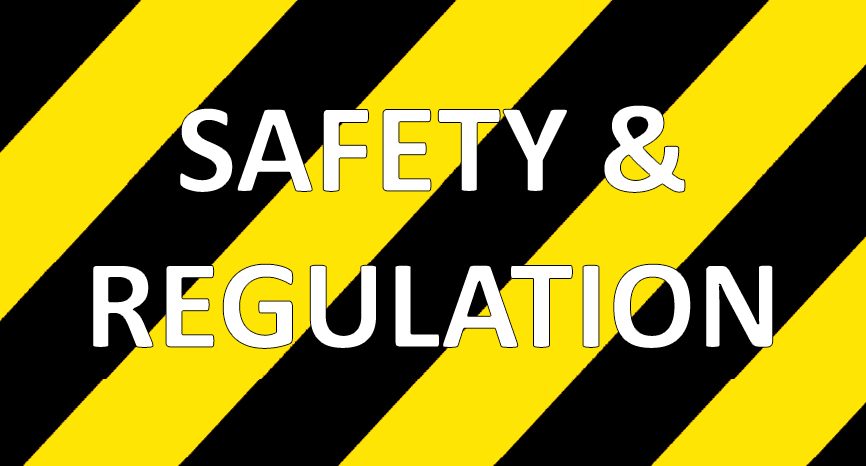As discussed earlier here on DustInCase, the Occupational Safety and Health Administration (OSHA) has revised its rulings to crystalline silica dust exposure to workers in the construction, maritime and hydraulic fracturing industries in an effort curb silicosis, lung cancer and chronic obstructive pulmonary disease. The new ruling reduces the permissible exposure limit (PEL) for respirable crystalline silica to 50 micrograms per cubic meter of air, averaged over an 8-hour shift, and is separated into two standards: one tailored to construction and another for general industry and maritime.
OSHA estimates that the new rulings will save hundreds of lives and prevent close to 900 new cases of silicosis each year once its benefits are fully realized. About 2.3 million workers are exposed to respirable crystalline silica dust on the job, including 2 million construction workers who drill, cut, crush, or grind silica-containing materials like concrete and stone. 300,000 workers in general industry jobs such as brick manufacturing, foundries and hydraulic fracturing, also known as fracking, are also exposed.
Standards specific for the construction industry require employers to:
-
Use dust controls such as HEPA vacuums or wetting methods to protect workers from producing silica levels that expose them above the PEL
-
Provide respirators to workers when dust controls cannot limit exposures to the PEL
- Establish and implement a written exposure control plan that identifies tasks that involve exposure and methods used to protect workers, including procedures to restrict access to work areas where high exposures may occur
- Restrict housekeeping practices that expose workers to silica where feasible alternatives are available
- Train workers on work operations that result in silica exposure and ways to limit exposure
- Keep records of workers’ silica exposure and medical exams
For more information on OSHA’s new silica rulings for construction workers, click here.
- Measure the amount of silica that workers are exposed to if it may be at or above an action level of 25 micrograms of silica per cubic meter of air, averaged over an 8 hour day
- Protect workers from respirable crystalline silica exposures above the permissible exposure limit of 50 micrograms of silica per cubic meter of air, averaged over an 8-hour day
- Use dust controls such as using a HEPA vacuum to protect workers from producing silica levels that expose them above the PEL
- Provide respirators to workers when dust controls cannot limit exposures to the PEL
- Restrict housekeeping practices that expose workers to silica where feasible alternatives are available
- Limit workers’ access to areas where they could be exposed above the PEL
- Establish and implement a written exposure control plan that identifies tasks that involve exposure and methods used to protect workers
- Offer medical exams (i.e chest x-rays and lung function tests) every three years for workers who are required by the standard to wear a respirator for 30 or more days per year
- Designate an individual who will implement the written exposure control plan
- Train workers on work operations that result in silica exposure and ways to limit exposure
- Keep records of workers’ silica exposure and medical exams
For more information on OSHA’s new silica rulings for general industry and maritime workers, click here.
Compliance Schedule
Both standards contained in the final rule take effect on June 23, 2016. Industries will have one to five years to comply with most requirements, based on the following schedule:
- Construction – June 23, 2017, one year after the effective date
- General Industry and Maritime – June 23, 2018, two years after the effective date
- Hydraulic Fracturing – June 23, 2018, two years after the effective date for all provisions except Engineering Controls, which have a compliance date of June 23, 2021
While responsible employers have been protecting workers from harmful exposure to respirable crystalline silica for years using widely available and affordable equipment that controls dust, such as industrial vacuum systems or water dampening methods, these new standards will educate industries across the board and ensure that all workers’ health is protected. To read OSHA’s complete revised crystalline silica dust ruling, visit OSHA’s website.


